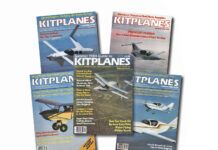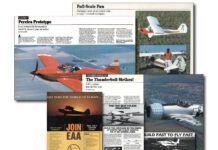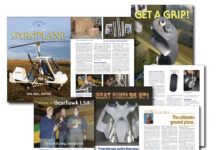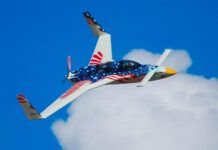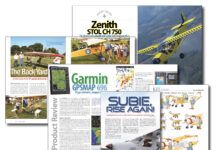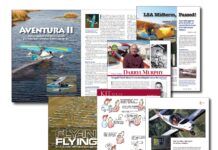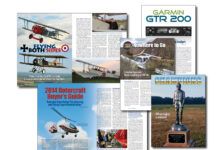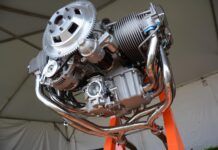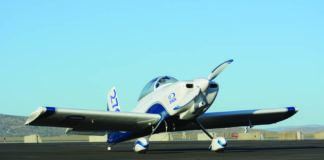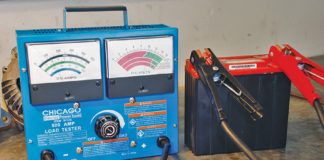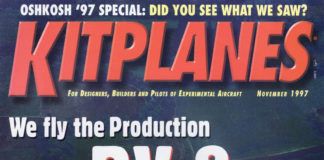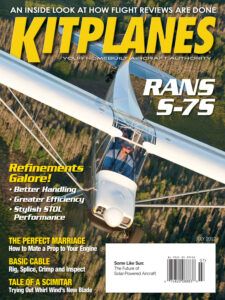
A decade ago, we had the RANS S-7S on our cover. Although current editor in chief Marc Cook had moved out of la sedia grande at KITPLANES®—Mary Bernard was the editor then—he found time to pen the flight review of Randy Schlitter’s updated tandem two-seater.
Among the big changes were new ailerons that got rid of the dangling spades of the previous S-7 (used to reduce roll forces) to be replaced by new ball-bearing-carried ailerons with a “prominent bull nose” to help keep roll effort low. Cook reported on the flight, “With two of us aboard and half fuel, our estimated gross weight was just under 1200 pounds. The initial takeoff acceleration is quick, though certainly not startling. As soon as the throttle is full forward, you can lift the tail. At about the time you’re wondering if the pitch attitude is right, the S-7S is flying. Centerline tracking was very good, with moderate rudder effort required and little tendency to overcorrect or otherwise stymie the occasional taildragger pilot.” Elsewhere in the flight review, he noted that “the first impression when making large or rapid turns is that the airplane wants a fair bit of lead rudder to keep the ball in the center. It’s not an annoying trait as much as it is just something you must learn to live with. Schlitter later told me that he had installed fairly stiff rudder-return springs to help with yaw stability. Once this is understood, the S-7S flies wonderfully.” The new ailerons were a delight. The S-7S kit price was $22,500. With a Rotax 912S, RANS claimed a 96-knot cruise and 850 fpm best rate of climb. Takeoff and landing distances were listed as 325 feet and 340 feet, respectively.
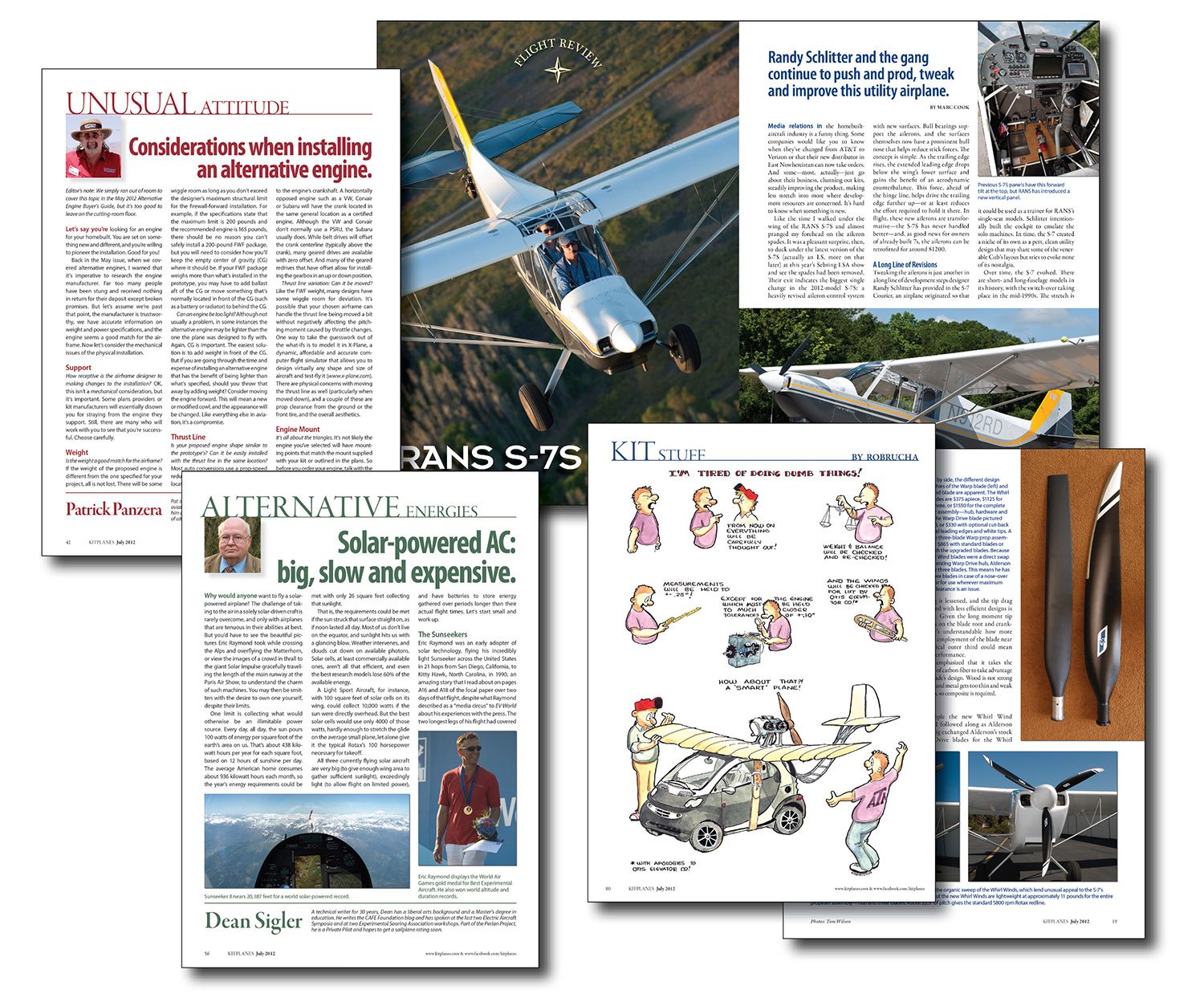
Patrick Panzera provided a well-considered look at the installation issues often found in using an alternative engine. (Pat passed away this winter. An experienced and well-respected member of the alternative-engine family, Panzera had helped, in person and through his writings, countless builders wanting non-conventional powerplants.) “You are set on something new and different, and you’re willing to pioneer the installation. Good for you!” Panzera started the Unusual Attitude column this month. “Back in the May issue, when we covered alternative engines, I warned that it’s imperative to research the engine manufacturer. Far too many people have been stung and received nothing in return for their deposit except broken promises. But let’s assume we’re past that point, the manufacturer is trustworthy, we have accurate information on weight and power specifications, and the engine seems a good match for the airframe. Now let’s consider the mechanical issues of the physical installation.” Over two pages, Panzera covered all the installation highlights, from engine mounts to cooling.
In this July issue, we’d all just come back from Sun ’n Fun—yes, the issue-month-to-real-month offset was just as wacky then as it is now—and editor Mary Bernard noted a few new announcements at the show, including Garmin’s Pilot iPad app and Velocity’s V-Twin twin-engine pusher. Tom Wilson had a feature on the new Whirl Wind scimitar-style blade prop for the Rotax 912 and 914 engines. Testing on a RANS S-7 revealed a 10% increase in climb and an improvement in cruise speed of 8.1% to 10.3% compared to a three-blade Warp Drive prop. In case you’re wondering what a decade of EFIS development looks like, Dynon was still promoting its non-touch SkyView system and Garmin its pre-Touch G3X.


